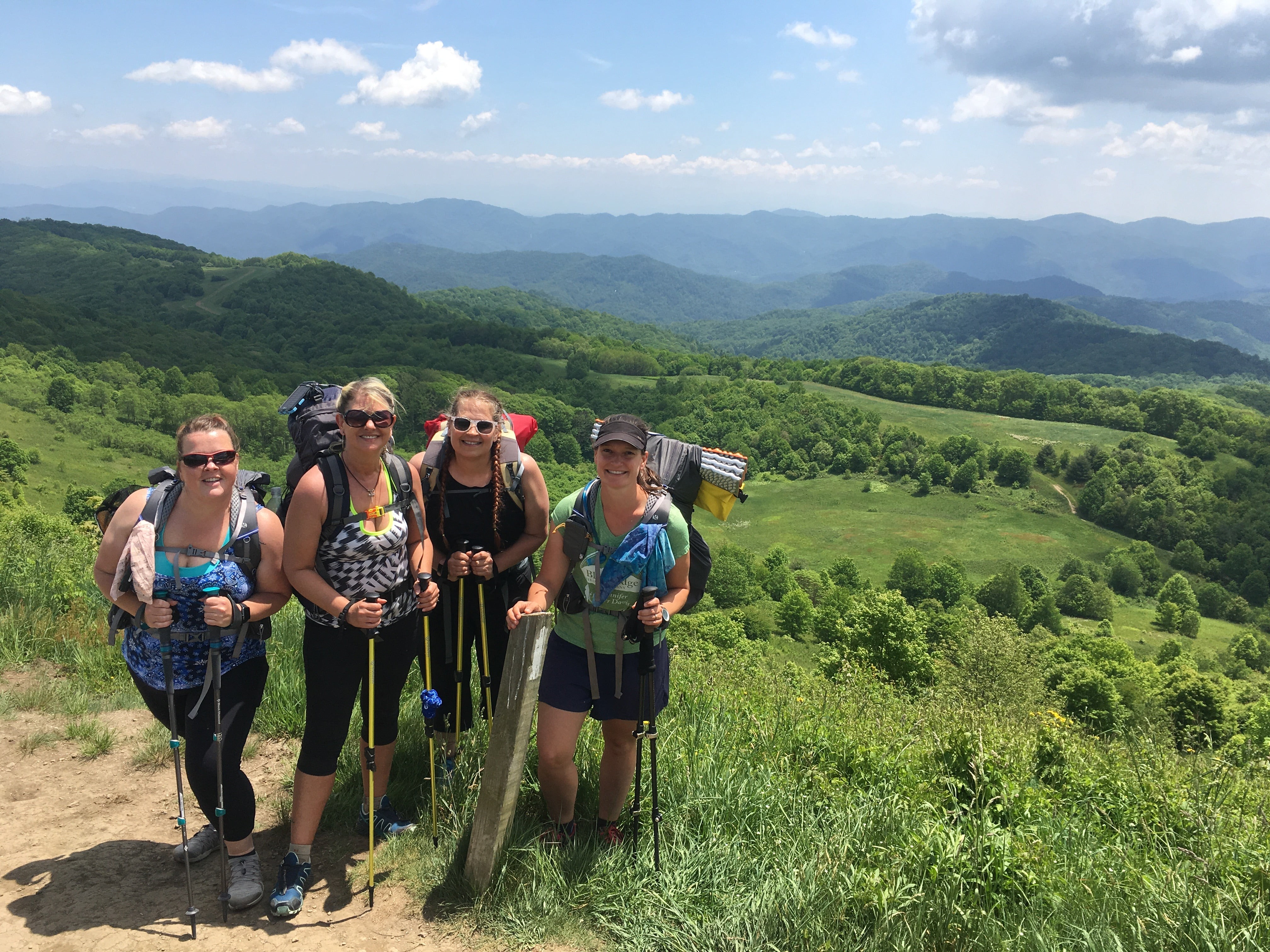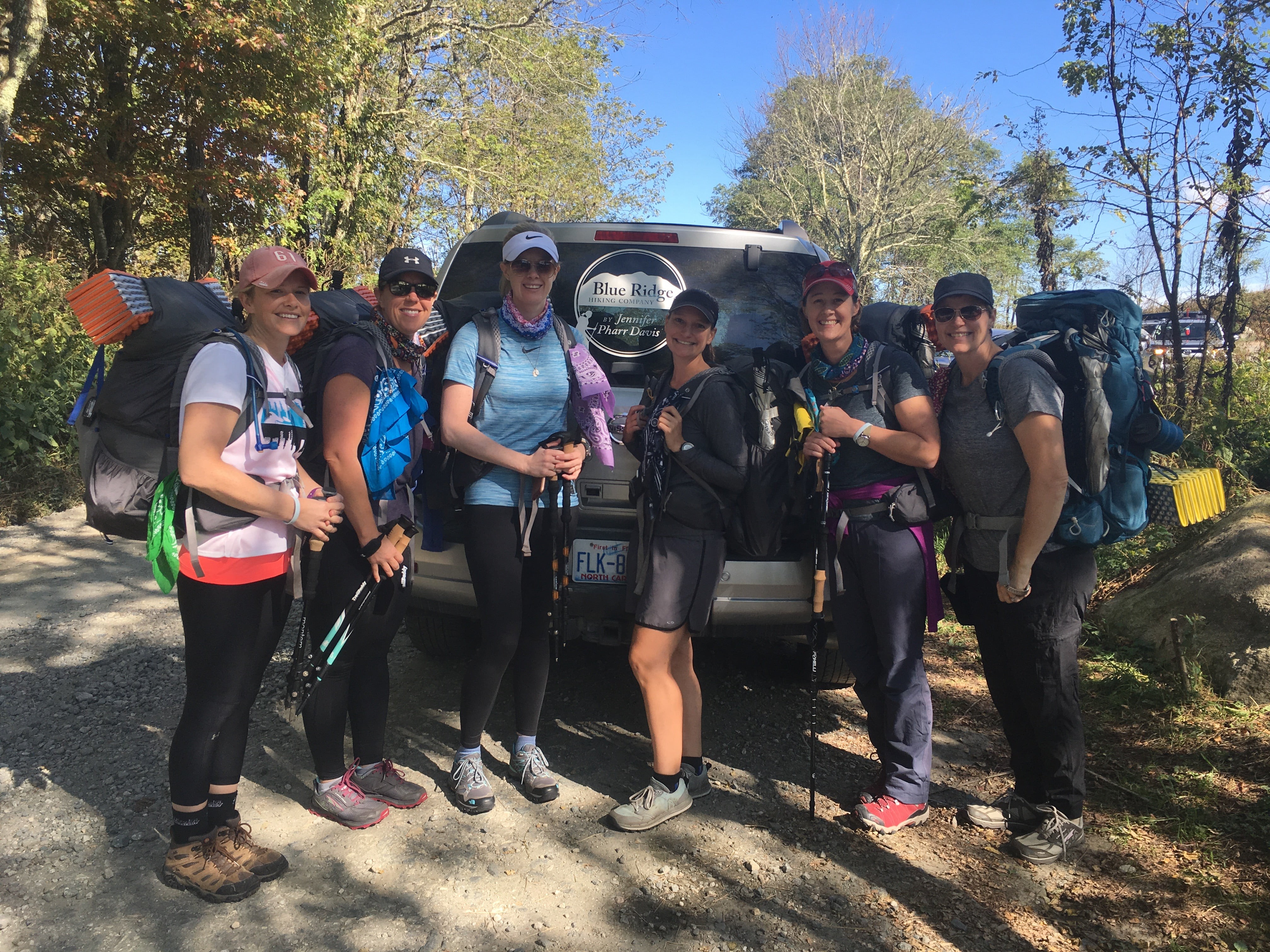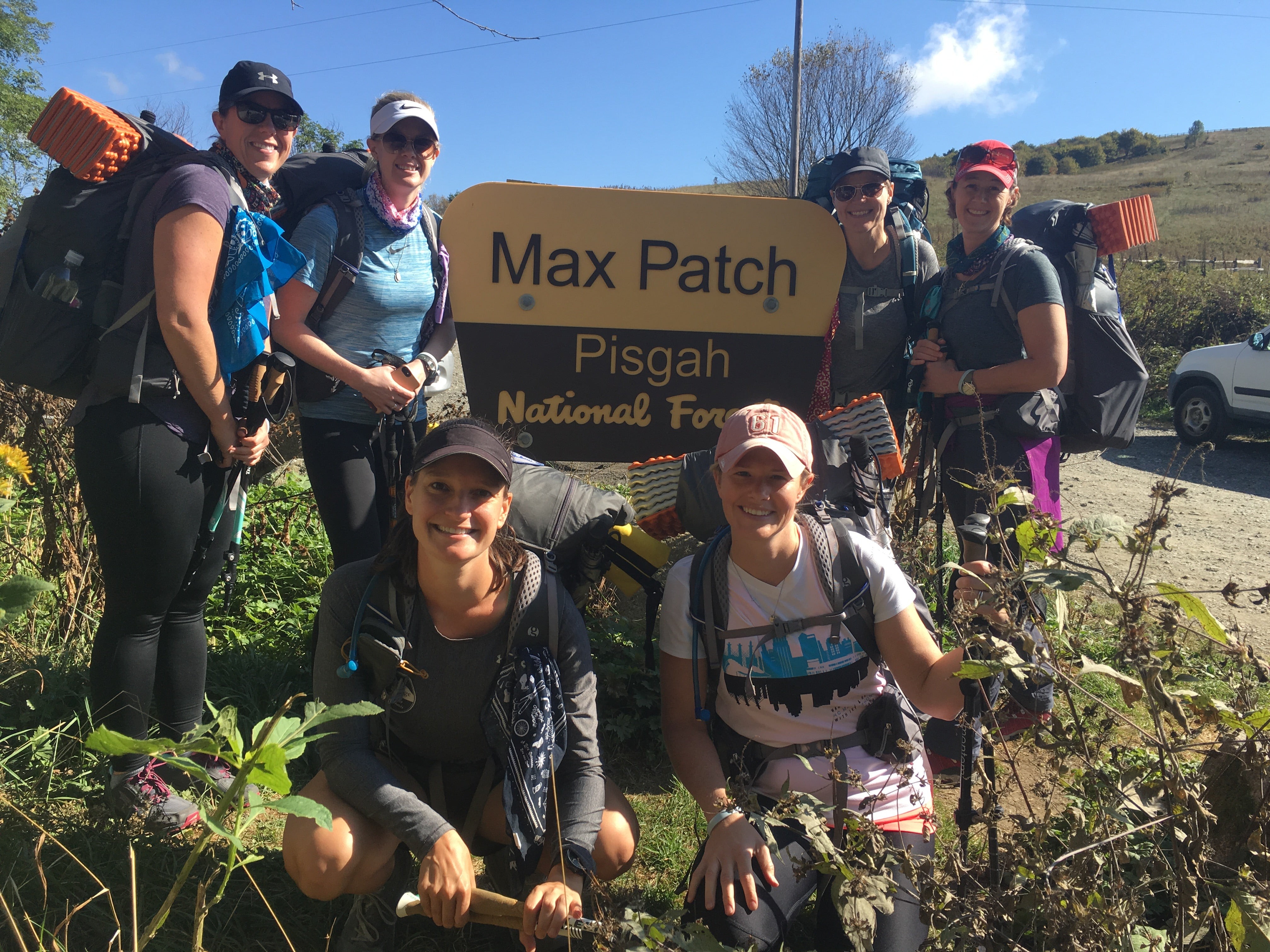Being a wilderness guide is more than just a job; it’s a calling. It’s about sharing your passion for the outdoors, educating others, and ensuring their safety and enjoyment in the natural world. This comprehensive guide, brought to you by CONDUCT.EDU.VN, will provide you with the essential knowledge and skills needed to embark on this rewarding career path. Dive in to discover the guide’s code and safety standards.
1. Understanding the Role of a Wilderness Guide
A wilderness guide is a professional who leads individuals or groups on outdoor adventures in natural environments. These environments can range from hiking trails and forests to mountains, rivers, and even deserts. The guide is responsible for the safety, well-being, and education of their clients, ensuring a memorable and enriching experience while minimizing environmental impact.
1.1. Key Responsibilities
- Safety: Ensuring the safety of clients is paramount, including risk assessment, emergency response, and proper use of equipment.
- Navigation: Utilizing maps, compasses, GPS devices, and natural navigation techniques to guide groups through the wilderness.
- Education: Sharing knowledge of local flora, fauna, geology, history, and conservation principles.
- Customer Service: Providing excellent customer service, catering to the needs and expectations of clients.
- Environmental Stewardship: Promoting responsible outdoor practices and minimizing impact on the environment, in line with Leave No Trace principles.
1.2. Essential Skills and Qualities
- Outdoor Expertise: A deep understanding of outdoor skills, including hiking, camping, navigation, and survival techniques.
- Communication Skills: Excellent communication and interpersonal skills to effectively interact with clients and colleagues.
- Problem-Solving: Ability to think on your feet and solve problems in challenging situations.
- Physical Fitness: Good physical condition to handle the demands of guiding, including hiking long distances and carrying heavy loads.
- Leadership: Strong leadership skills to manage groups and make decisions in stressful situations.
- First Aid and CPR: Certification in Wilderness First Aid (WFA) or Wilderness First Responder (WFR) and CPR.
2. Essential Certifications and Training
While passion and experience are valuable, formal certifications and training are crucial for becoming a qualified and employable wilderness guide. These certifications demonstrate your competence in key areas such as first aid, wilderness survival, and specific outdoor activities.
2.1. Wilderness First Aid (WFA) and Wilderness First Responder (WFR)
These certifications are essential for any wilderness guide. WFA provides basic first aid skills for remote environments, while WFR offers more advanced training for handling serious medical emergencies.
Table 1: WFA vs. WFR
| Feature | Wilderness First Aid (WFA) | Wilderness First Responder (WFR) |
|---|---|---|
| Duration | 2-3 days | 8-10 days |
| Scope | Basic first aid skills | Advanced medical skills |
| Curriculum | Wound care, splinting, etc. | CPR, trauma management, etc. |
| Recommended for | Short trips, day hikes | Extended trips, remote locations |



2.2. CPR Certification
Cardiopulmonary Resuscitation (CPR) certification is a basic requirement for most guiding positions. It teaches you how to respond to cardiac arrest and other life-threatening emergencies.
2.3. Leave No Trace Trainer Certification
This certification demonstrates your commitment to responsible outdoor practices and your ability to educate others on minimizing their impact on the environment. The Leave No Trace principles are:
- Plan Ahead and Prepare
- Travel and Camp on Durable Surfaces
- Dispose of Waste Properly
- Leave What You Find
- Minimize Campfire Impacts
- Respect Wildlife
- Be Considerate of Other Visitors
2.4. Activity-Specific Certifications
Depending on the type of guiding you plan to do, you may need additional certifications in specific outdoor activities, such as:
- Swiftwater Rescue: For guiding on rivers and streams.
- Rock Climbing Instructor: For leading rock climbing trips.
- Avalanche Safety: For guiding in snowy mountain environments.
2.5. Organizations Offering Certifications
Several reputable organizations offer wilderness certifications, including:
- Wilderness Medical Associates International (WMAI)
- National Outdoor Leadership School (NOLS)
- Wilderness Education Association (WEA)
- American Red Cross
3. Building Your Knowledge Base: Flora, Fauna, and Local History
A great wilderness guide is not just a leader and protector; they are also an educator. Clients are often eager to learn about the natural environment they are exploring, so it’s essential to develop a strong knowledge base of local flora, fauna, geology, and history.
3.1. Identifying Local Plants and Animals
Learn to identify common plants and animals in your area, including their characteristics, habitats, and ecological roles. This knowledge will enrich the experience for your clients and allow you to answer their questions with confidence.
3.2. Understanding Local Geology and History
Familiarize yourself with the geological formations and historical events that have shaped the landscape you are guiding in. This will add depth and context to your tours and provide clients with a deeper appreciation for the area.
3.3. Resources for Expanding Your Knowledge
- Field Guides: Purchase field guides specific to your region for identifying plants, animals, and geological features.
- Local Experts: Connect with local experts, such as biologists, geologists, and historians, to learn from their expertise.
- Online Resources: Utilize online resources, such as websites and databases, to research local flora, fauna, and history.
- Educational Programs: Attend workshops, seminars, and courses offered by local organizations to expand your knowledge base.
4. Mastering Navigation Skills: Map, Compass, and GPS
Navigation is a critical skill for any wilderness guide. You must be able to navigate accurately and efficiently using a variety of tools, including maps, compasses, and GPS devices.
4.1. Map Reading and Interpretation
Learn to read and interpret topographic maps, including understanding contour lines, symbols, and scales. Practice identifying landmarks and planning routes using maps.
4.2. Compass Use
Master the use of a compass for taking bearings, orienting the map, and navigating in the field. Understand declination and how to adjust your compass for accurate readings.
4.3. GPS Navigation
Familiarize yourself with GPS devices and their functions, including marking waypoints, creating routes, and tracking your progress. Be aware of the limitations of GPS and always carry a map and compass as backup.
4.4. Natural Navigation Techniques
Learn to use natural cues, such as the sun, stars, wind, and vegetation, to navigate without relying on maps or instruments.
4.5. Practice and Experience
The best way to master navigation skills is through practice and experience. Spend time in the field, practicing your map reading, compass use, and GPS navigation skills.
5. Developing Excellent Customer Service Skills
As a wilderness guide, you are not just leading people through the wilderness; you are providing them with an experience. Excellent customer service is essential for ensuring that your clients have a positive and memorable trip.
5.1. Communication and Interpersonal Skills
Develop strong communication and interpersonal skills to effectively interact with clients from diverse backgrounds. Be friendly, approachable, and attentive to their needs and concerns.
5.2. Understanding Client Expectations
Before each trip, take the time to understand your clients’ expectations, goals, and physical abilities. This will help you tailor the experience to their individual needs and ensure their satisfaction.
5.3. Providing Clear Instructions and Guidance
Give clear and concise instructions on safety procedures, equipment use, and trail etiquette. Be patient and supportive, especially with beginner hikers.
5.4. Handling Difficult Situations
Be prepared to handle difficult situations, such as injuries, inclement weather, and disagreements among clients. Remain calm, professional, and solution-oriented.
5.5. Gathering Feedback and Improving
Solicit feedback from your clients after each trip to identify areas for improvement. Use this feedback to refine your guiding techniques and enhance the overall experience.
6. Promoting Environmental Stewardship: Leave No Trace
Wilderness guides have a responsibility to protect the natural environments they lead in. Promoting environmental stewardship and practicing Leave No Trace principles are essential for minimizing impact and preserving these areas for future generations.
6.1. Understanding the Seven Leave No Trace Principles
- Plan Ahead and Prepare: Research your destination, pack appropriately, and be aware of potential hazards.
- Travel and Camp on Durable Surfaces: Stick to established trails and campsites to avoid damaging vegetation.
- Dispose of Waste Properly: Pack out everything you pack in, including trash, food scraps, and human waste.
- Leave What You Find: Leave natural objects, such as rocks, plants, and artifacts, undisturbed.
- Minimize Campfire Impacts: Use camp stoves for cooking and avoid building campfires whenever possible.
- Respect Wildlife: Observe wildlife from a distance and avoid feeding or disturbing animals.
- Be Considerate of Other Visitors: Be courteous and respectful of other visitors and their experience.
6.2. Educating Clients on Leave No Trace Principles
Teach your clients about Leave No Trace principles and encourage them to adopt these practices during the trip. Lead by example and demonstrate your commitment to environmental stewardship.
6.3. Minimizing Your Impact
Take steps to minimize your own impact on the environment, such as using reusable water bottles, packing out all trash, and staying on established trails.
6.4. Participating in Conservation Efforts
Support local conservation organizations and participate in volunteer efforts to protect and restore natural areas.
7. Building a Career as a Wilderness Guide
Becoming a successful wilderness guide requires more than just skills and knowledge; it also requires building a career path. Here’s how:
7.1. Networking
Attend industry events, join outdoor organizations, and connect with other guides and outfitters. Networking can open doors to job opportunities and provide valuable insights into the industry.
7.2. Volunteering
Volunteer as a guide for local organizations, schools, or hiking clubs. This will give you valuable experience and help you build your resume.
7.3. Creating a Resume and Cover Letter
Highlight your skills, certifications, and experience in your resume and cover letter. Tailor your application to each specific job and emphasize your passion for the outdoors.
7.4. Finding Guiding Jobs
- Online Job Boards: Search online job boards, such as Indeed, Glassdoor, and Backdoorjobs, for guiding positions.
- Outfitting Companies: Contact local outfitting companies directly to inquire about job openings.
- Government Agencies: Explore guiding opportunities with government agencies, such as the National Park Service and the Forest Service.
7.5. Starting Your Own Guiding Business
If you have the entrepreneurial spirit, consider starting your own guiding business. This will give you more control over your work and allow you to specialize in your area of expertise.
8. Understanding Legal and Ethical Considerations
Wilderness guides have a responsibility to operate legally and ethically. This includes understanding permits, insurance, and ethical guidelines.
8.1. Permits and Regulations
Research and comply with all permits and regulations required for guiding in specific areas. This may include permits from land management agencies, such as the National Park Service or the Forest Service.
8.2. Insurance
Obtain adequate liability insurance to protect yourself and your clients in case of accidents or injuries.
8.3. Ethical Guidelines
Adhere to ethical guidelines for guiding, such as respecting the environment, providing accurate information, and treating clients fairly.
8.4. Legal Considerations
Be aware of legal considerations, such as liability waivers and contracts, to protect yourself from potential lawsuits.
9. Staying Safe in the Wilderness: Risk Management
Risk management is a critical aspect of wilderness guiding. It involves identifying potential hazards, assessing risks, and implementing strategies to minimize the likelihood of accidents or injuries.
9.1. Hazard Identification
Identify potential hazards in the areas you are guiding in, such as:
- Weather: Inclement weather, such as storms, floods, and extreme temperatures.
- Terrain: Steep slopes, unstable rocks, and hazardous water crossings.
- Wildlife: Dangerous animals, such as bears, snakes, and mountain lions.
- Medical Emergencies: Injuries, illnesses, and allergic reactions.
9.2. Risk Assessment
Assess the likelihood and potential severity of each hazard. This will help you prioritize risks and develop appropriate mitigation strategies.
9.3. Mitigation Strategies
Implement strategies to mitigate risks, such as:
- Planning: Carefully plan your routes, considering weather conditions, terrain, and client abilities.
- Communication: Communicate clearly with clients about potential hazards and safety procedures.
- Equipment: Ensure that you and your clients have appropriate equipment, such as first aid kits, navigation tools, and emergency shelters.
- Training: Provide training on safety procedures and emergency response.
- Monitoring: Continuously monitor weather conditions, terrain, and client health.
9.4. Emergency Response
Develop a comprehensive emergency response plan that includes:
- Communication: How to communicate with emergency services.
- Evacuation: How to evacuate injured or ill clients.
- First Aid: How to provide first aid and stabilize patients.
- Shelter: How to provide shelter and warmth.
10. Specializing in a Niche: Finding Your Focus
Consider specializing in a niche within wilderness guiding to differentiate yourself and attract a specific clientele.
10.1. Hiking and Backpacking
Focus on leading hiking and backpacking trips in scenic areas. This niche can be further specialized by focusing on specific types of trips, such as:
- Day Hikes: Short, easy hikes for beginners.
- Multi-Day Backpacking Trips: Longer, more challenging trips for experienced hikers.
- Themed Hikes: Hikes focused on specific topics, such as birdwatching, wildflower identification, or history.
10.2. River Guiding
Specialize in leading river trips, such as rafting, kayaking, or canoeing. This niche requires specialized skills and certifications in swiftwater rescue and boat handling.
10.3. Rock Climbing
Focus on leading rock climbing trips for beginners and experienced climbers. This niche requires specialized skills and certifications in rock climbing instruction and safety.
10.4. Wildlife Viewing
Specialize in leading wildlife viewing tours, focusing on specific animals, such as birds, whales, or bears. This niche requires a strong knowledge of local wildlife and their habitats.
10.5. Adventure Therapy
Combine wilderness guiding with therapeutic techniques to provide outdoor therapy programs for individuals or groups. This niche requires training in counseling or therapy.
11. Embracing Technology: Tools for Modern Guides
Technology can enhance the effectiveness and safety of wilderness guiding. Here are some tools:
11.1. GPS Devices and Navigation Apps
Use GPS devices and navigation apps for accurate navigation and tracking. These tools can help you stay on course, mark waypoints, and find your way back to camp in case of emergencies.
11.2. Weather Forecasting Apps
Monitor weather conditions using weather forecasting apps. These apps can provide real-time weather updates, alerts for severe weather, and forecasts for the coming days.
11.3. Communication Devices
Carry communication devices, such as satellite phones or two-way radios, for emergency communication. These devices can be used to call for help in case of accidents or injuries.
11.4. Photography and Videography
Use photography and videography to capture the beauty of the wilderness and share your experiences with others. These tools can be used to create engaging content for your website or social media channels.
11.5. Educational Apps
Utilize educational apps to learn about local flora, fauna, geology, and history. These apps can provide valuable information and enhance your knowledge base.
12. Maintaining Your Well-being: Preventing Burnout
Wilderness guiding can be a demanding job, both physically and mentally. It’s important to take steps to maintain your well-being and prevent burnout.
12.1. Setting Boundaries
Set boundaries between work and personal life to ensure that you have time for rest and relaxation. Avoid overworking yourself and prioritize your own needs.
12.2. Taking Breaks
Take regular breaks during trips to rest and recharge. This will help you stay focused and energized throughout the day.
12.3. Maintaining Physical Fitness
Maintain your physical fitness by exercising regularly and eating a healthy diet. This will help you handle the physical demands of guiding and prevent injuries.
12.4. Pursuing Hobbies
Pursue hobbies and interests outside of guiding to maintain a balanced lifestyle. This will help you stay engaged and prevent boredom.
12.5. Seeking Support
Seek support from friends, family, or a therapist if you are feeling stressed or overwhelmed. Talking to someone can help you process your emotions and develop coping strategies.
13. The Future of Wilderness Guiding: Trends and Innovations
The field of wilderness guiding is constantly evolving, with new trends and innovations emerging all the time.
13.1. Sustainable Tourism
Sustainable tourism is becoming increasingly important, with travelers seeking experiences that minimize their impact on the environment. Guides who embrace sustainable practices and promote responsible tourism will be in high demand.
13.2. Technology Integration
Technology is playing an increasingly important role in wilderness guiding, with new tools and apps being developed to enhance safety, navigation, and education. Guides who are comfortable using technology will have a competitive advantage.
13.3. Experiential Learning
Experiential learning is gaining popularity, with travelers seeking hands-on experiences that allow them to connect with nature and learn new skills. Guides who can provide engaging and educational experiences will be in high demand.
13.4. Health and Wellness
Health and wellness tourism is on the rise, with travelers seeking outdoor activities that promote physical and mental well-being. Guides who can incorporate health and wellness practices into their tours will attract a growing market.
13.5. Customized Experiences
Travelers are increasingly seeking customized experiences that cater to their individual needs and interests. Guides who can offer personalized tours and itineraries will be in high demand.
14. Frequently Asked Questions (FAQ)
14.1. What qualifications do I need to become a wilderness guide?
Essential qualifications include Wilderness First Aid (WFA) or Wilderness First Responder (WFR) certification, CPR certification, and strong outdoor skills.
14.2. How much does a wilderness guide make?
The salary varies depending on experience, location, and type of guiding, typically ranging from $20,000 to $50,000 per year.
14.3. What are the physical demands of being a wilderness guide?
The job requires good physical fitness, including the ability to hike long distances, carry heavy loads, and work in various weather conditions.
14.4. What are the biggest challenges of being a wilderness guide?
Challenges include managing risks, dealing with difficult clients, working long hours, and preventing burnout.
14.5. How can I gain experience as a wilderness guide?
Volunteer as a guide for local organizations, schools, or hiking clubs to gain experience and build your resume.
14.6. What skills are most important for a wilderness guide?
Key skills include outdoor expertise, communication skills, problem-solving, leadership, and first aid.
14.7. How do I find guiding jobs?
Search online job boards, contact outfitting companies directly, and explore opportunities with government agencies.
14.8. What is Leave No Trace, and why is it important?
Leave No Trace is a set of principles for minimizing impact on the environment. It is essential for preserving natural areas.
14.9. How do I prevent burnout as a wilderness guide?
Set boundaries, take breaks, maintain physical fitness, pursue hobbies, and seek support from others.
14.10. What are some ethical considerations for wilderness guides?
Ethical considerations include respecting the environment, providing accurate information, and treating clients fairly.
15. Connecting with CONDUCT.EDU.VN for Further Guidance
Navigating the world of wilderness guiding can be challenging, but you don’t have to do it alone. CONDUCT.EDU.VN is here to provide you with the resources and support you need to succeed.
15.1. Comprehensive Resources
Access a wealth of information on our website, covering topics such as certifications, training, risk management, and career development.
15.2. Expert Advice
Connect with experienced wilderness guides and industry professionals who can offer valuable insights and guidance.
15.3. Community Support
Join our online community to connect with other aspiring and experienced guides, share your experiences, and learn from others.
15.4. Personalized Assistance
Contact us for personalized assistance with your career planning, job search, or business development.
15.5. Contact Information
For any inquiries, please contact us at:
- Address: 100 Ethics Plaza, Guideline City, CA 90210, United States
- WhatsApp: +1 (707) 555-1234
- Website: CONDUCT.EDU.VN
At CONDUCT.EDU.VN, we understand the challenges you face in finding reliable and trustworthy information about wilderness guiding. That’s why we’re committed to providing you with the most comprehensive and up-to-date resources available. Our goal is to empower you with the knowledge and skills you need to excel in this rewarding career.
Are you ready to take the next step in your journey to becoming a wilderness guide? Visit CONDUCT.EDU.VN today to explore our resources and connect with our community. Let us help you achieve your goals and make a positive impact on the world. Unlock your potential to become a professional hiking guide and make a difference through ethical outdoor leadership; discover how conduct.edu.vn bridges the gap between ambition and achievement in wilderness ethics.
